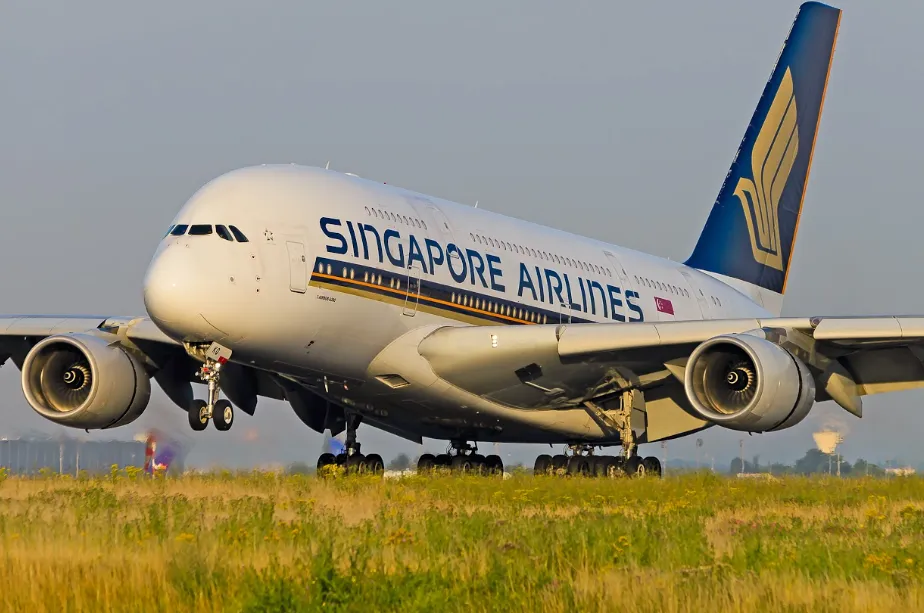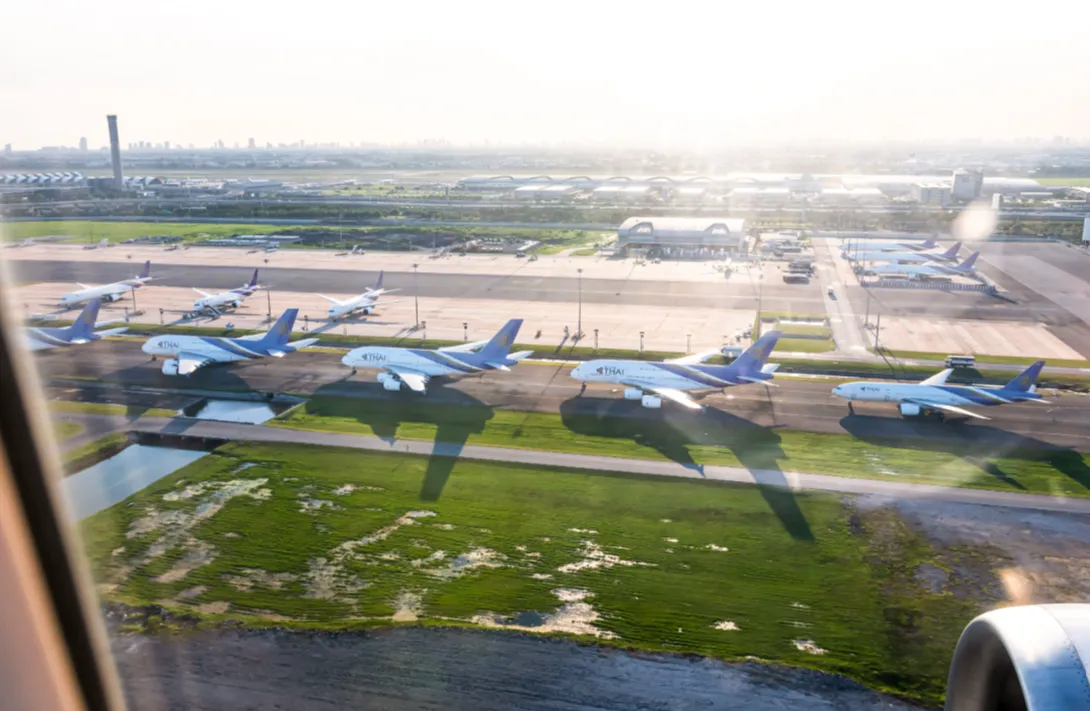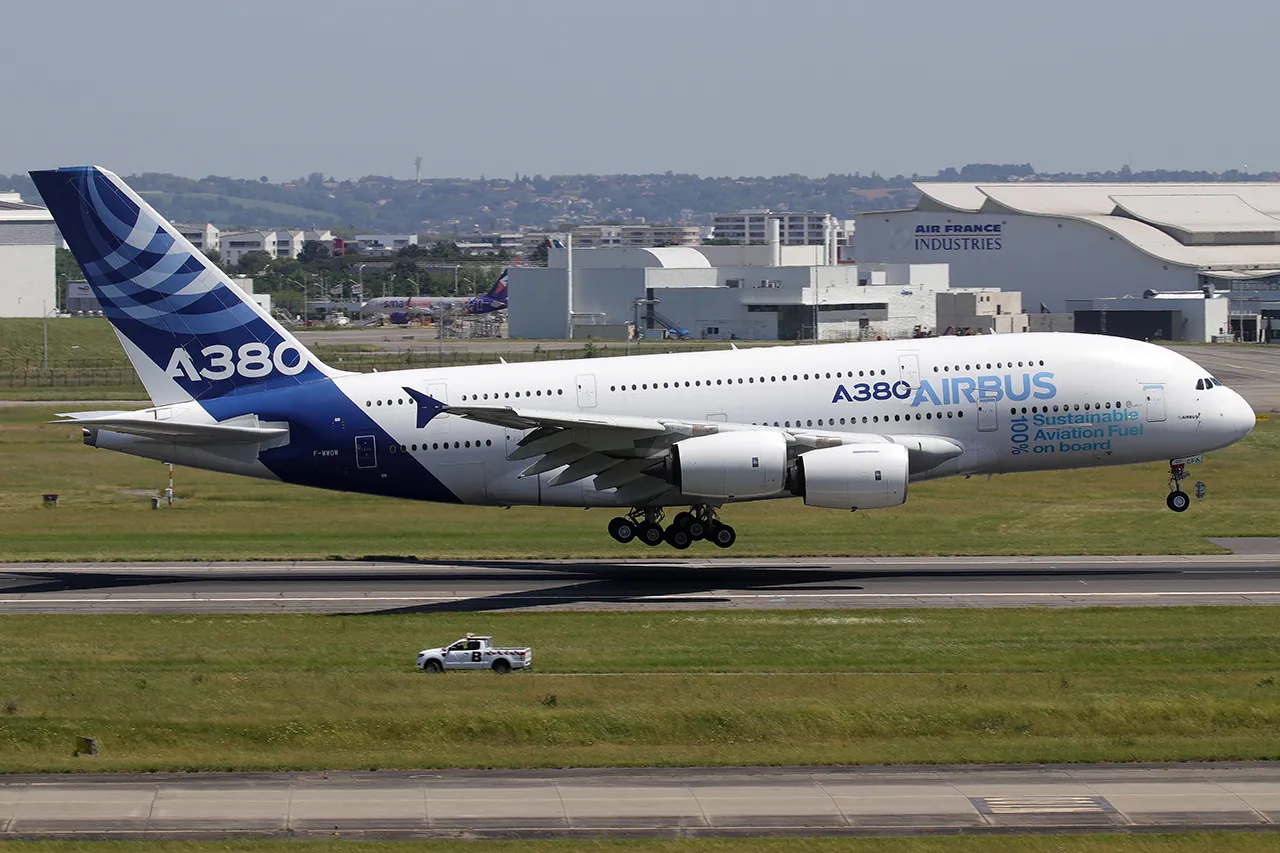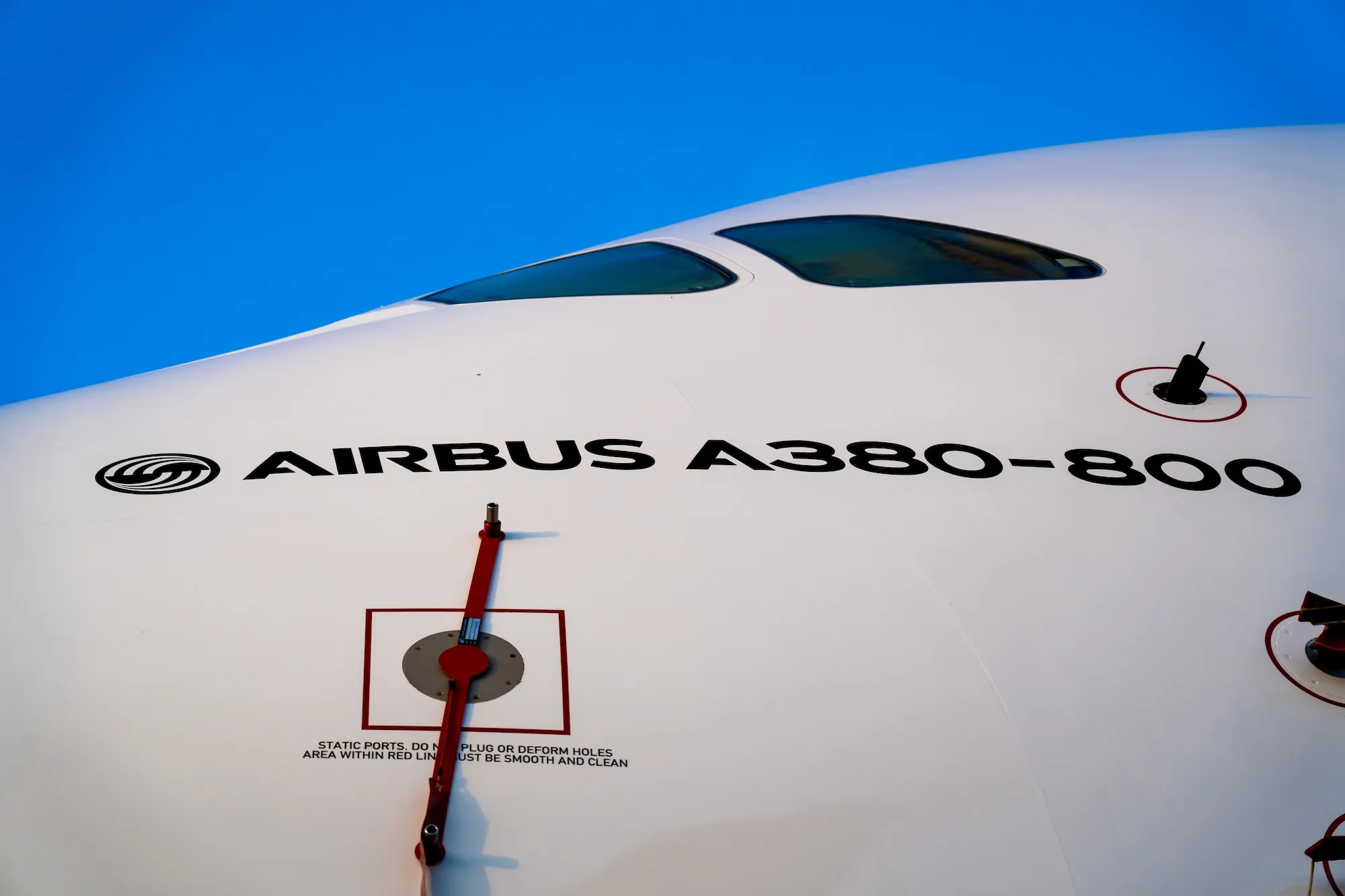DALLAS — When the Airbus A380 made its first flight in 2007, it was hailed as one of the most impressive engineering achievements in history.
It had the capacity to carry more than 800 passengers in its most dense configuration, and it became the largest ever passenger commercial aircraft built, serving as a symbol that Airbus was trying to keep up with Boeing in the race for long-haul travel.
Airlines believed they could reduce congestion at airports by carrying large numbers of passengers from city to city across the globe. But despite its technological advancement and size, the A380 failed to establish a stable market as more airlines sought smaller, fuel-efficient aircraft.

By 2021, Airbus had stopped manufacturing the plane after only 251 had been made. The majority in the industry called this a commercial flop.
For many years, the aircraft was a daring but premature undertaking, built for a world that was leaving behind connecting flights and moving toward direct flights. Airlines started phasing out their jets, putting them in storage or retiring them, and saw the superjumbo as a costly experiment and investment.
However, the A380 is still in the air, travelling from one continent to the other and carrying thousands of passengers.
A Post-Pandemic Return
The COVID-19 pandemic grounded air travel worldwide and kept airplanes on the ground. It looked like the A380 had outlived its time. Airlines like Air France (AF), Malaysia Airlines (MH), and Thai Airways (TG) decided to discontinue operating it because it was expensive to run four engines when they needed to reduce costs.
However, as the world began to recover, more people wanted to fly faster than expected. Airlines were then required to have more airplanes flying on busy international routes, and the A380 was an option.
Emirates (EK) is the largest A380 operator and remained loyal to them. With more than half of its operating A380s, the airline utilized the aircraft to operate its hub-and-spoke network in Dubai.
Lufthansa (LH), British Airways (BA), and Qantas (QF), which had suspended operations of their aircraft during the pandemic, also resumed operations to meet the higher demand. The A380's capacity to carry many people and provide excellent comfort once again became desirable, particularly on routes with limited airport slots but high passenger demand.
In this context, the costs of the A380 began to look reasonable once more. Although operating on less popular routes may be expensive, a full A380 on a popular route can still yield a decent cost per seat. It also offers an experience that no other twin-engine aircraft can match, with double-deck wide cabins, quiet interior spaces, and facilities such as bars and showers.
Emirates’ Long-Term Bet
No carrier illustrates the significance of the A380 more effectively today than EK. The Dubai-based airline made a significant investment in 2025 when it purchased four A380s for US$180 million, which it had previously leased.
With 118 operational aircraft, EK operates approximately 60 percent of all A380 aircraft globally and considers the aircraft the centerpiece of its future strategy.

The hub airline model is based on getting tens of millions of passengers to Dubai annually, and therefore, the A380 is an ideal option. London to Dubai or Sydney to Dubai flights require large planes, and the A380 does the best of all when it is full. EK has also indicated that it can upgrade its cabins, such as new first-class suites, to maintain the plane as a high-end experience for premium passengers.
Emirates officials have stated that a redesigned A380, if Airbus decides to build one, would likely sell out once again, provided that enhanced engines and materials enable it to consume 20 to 25 percent less fuel. Airbus has not announced any plans to restart the program, but this suggestion highlights the extent to which Emirates relies on the superjumbo for its future.
The Secondary Market Struggle
Besides EK and a handful of major carriers, the A380 has some issues. Smaller carriers that attempted to operate second-hand A380s have failed to make it economically viable. Hi Fly (5K) operated an aircraft from Singapore Airlines (SQ) for a brief period, but had to discontinue flying it when demand wasn't regular enough. Other smaller or more dodgy operations followed suit.
This operational decline highlighted the challenges of reviving the A380 for use by small carriers. The aircraft requires specialized infrastructure, such as double-deck boarding gates and long runways, making it challenging for most airports to accommodate its operations. Coupled with the high maintenance and fuel costs, these issues diminish the A380's attraction for small airlines with weak hub operations.
.webp)
Long-Term Passenger Attraction
Despite all these issues, there is one thing working in the A380's favor: everyone loves to fly it. The giant has been airborne more than 800,000 times and has transported over 300 million individuals.
The high ceilings, quiet cabin, and smooth ride of the A380 have established a loyal fan base among passengers. Airlines that continue to fly the A380 also utilize the plane in their marketing efforts, touting comfort and space as central aspects of the flying experience.
As of 2025, there are approximately 180 A380 aircraft in operation. It remains a luxury travel option in the minds of the general public, particularly when operated with premium services from EK, Etihad Airways (EY), or SQ. Its continued popularity with passengers provides it with a special niche within airline marketing, although it does not necessarily bring profits to airlines.
A Legacy of Innovation
Aside from its operational highs and lows, the A380 has a lasting technological impact. Its cutting-edge development integrated advancements that were continued in subsequent planes, from carbon-fiber reinforced plastic components to complete digital mock-ups during development.
The aircraft created over 380 patents that helped reduce noise, improve structural efficiency, and make systems more reliable. Even the Rolls-Royce Trent XWB engine, which currently powers the A350, had its initial test flights under the wings of an A380.
The development of the superjumbo demonstrates that the path forward for aviation is not always straightforward. While the industry focused on smaller, more adaptable twin-engine jets, the A380 proved that there is still room for creative thinking in large-capacity design. Its importance in Airbus' rise as a manufacturer is highly significant, as it provided the company with a balanced product line and established it as a world player to compete with Boeing.

The Environmental Question
The greatest threat to the long-term viability of the A380 is its environmental record. The aircraft is equipped with four engines and a huge frame, and, as such, consumes more fuel than newer twin-engine aircraft such as the Airbus A350 or Boeing 787. With governments and regulators demanding lower emissions, the A380 is at a disadvantage.
Meanwhile, airlines justify their operation as a short-term solution, flying on routes where demand is too high for smaller aircraft and where slot controls constrain an increase in flights. However, as soon as sustainable aviation fuels, hybrid-electric powertrains, and next-generation propulsion technologies mature, the A380 will inevitably fall short of environmental targets. Its survival depends on how quickly the industry shifts to cleaner solutions and if the economics of ultra-large jets remain competitive.
Looking Into the Future
Many still question whether Airbus will develop another version of the A380. There has been some mention of a project A390, but Airbus has disclosed little. If they were to build such an aircraft, it would have to be more efficient in terms of fuel and still have the capacity and comfort that made the A380 unique. We do not know at the moment, and the majority of the industry is focusing more on the twin-engine planes that are receiving most of the new orders.
The A380 will mark 20 years since its first flight in 2025, and it remains in service. That's how long-lasting it is. Most people thought it would never return after production was halted in 2021, but the aircraft is still airborne. Airbus provides assistance by supplying spare parts and offering technical support to all operators.

Conclusion
The tale of the Airbus A380 is one of the most fascinating aviation stories. It began as a bold test, was viewed as a commercial flop, and then rebounded due to an unexpected boom in orders. It showcases the successes and challenges of designing new aircraft.
Emirates' steadfast backing of the A380, combined with customers who appreciate the in-flight experience, ensures the A380 continues to have a future, but a niche one. While the superjumbo may not last long due to new environmental concerns and industry changes, for now, the aircraft reminds us that sometimes the past can help us navigate the present.
Regardless, the A380 will be remembered long after it retires.



.webp)
